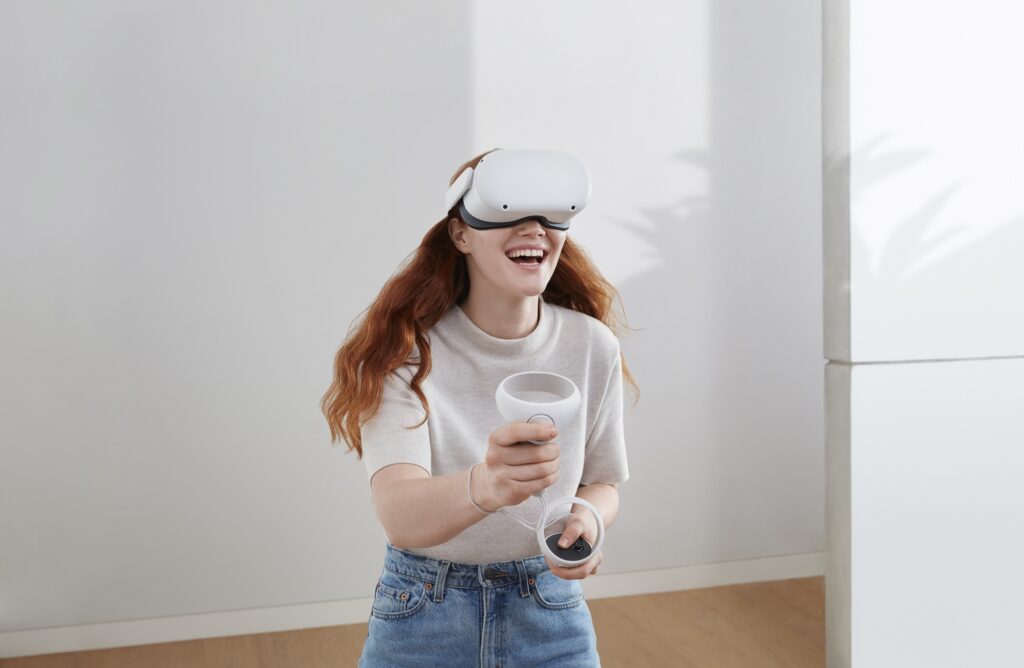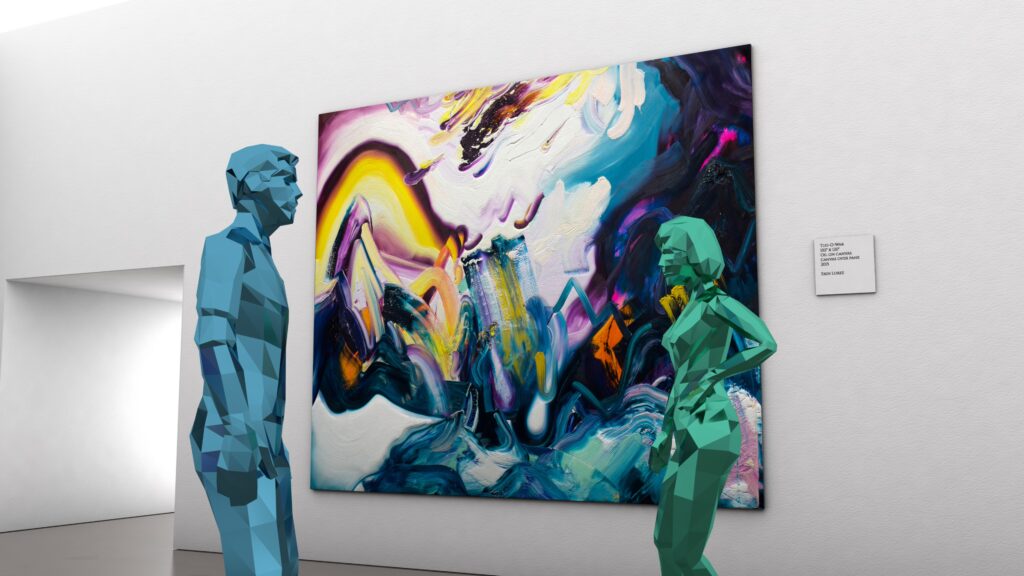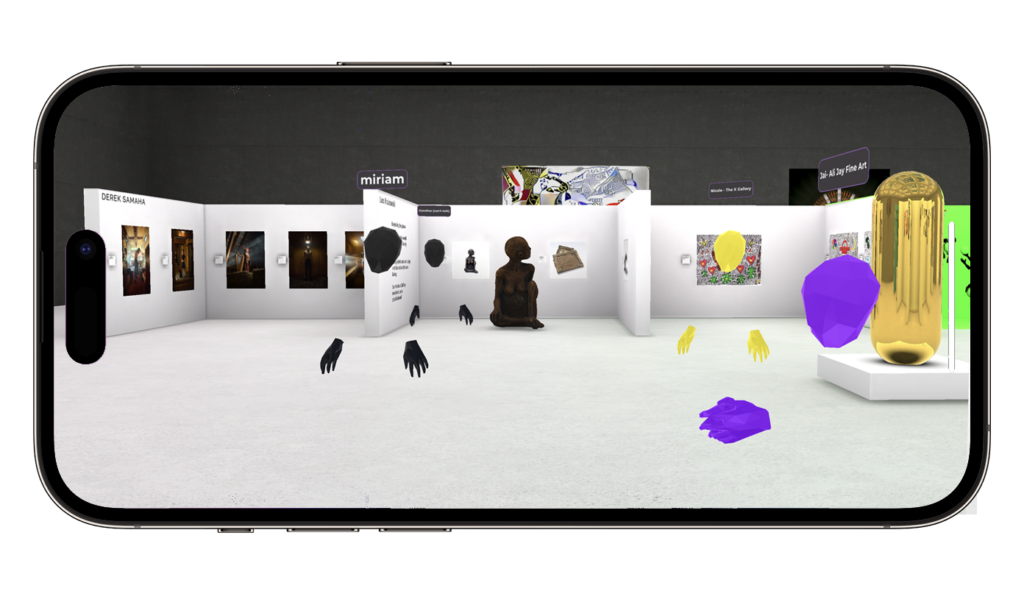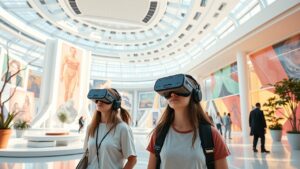Museums have always been places where the past meets the present, offering visitors a chance to connect with history, culture, and creativity. Yet, in an age where attention spans are short and technology is ever-evolving, these institutions face a unique challenge: how to remain relevant and engaging without losing the authenticity of their collections. The answer lies in immersive technology, which is not just transforming how we interact with museum exhibits but redefining the very essence of museum experiences.
Bringing Art and History to Life Immersive Technology
Imagine standing before a centuries-old sculpture and seeing it transform into its original, vibrant colors through augmented reality (AR). Or walking through a virtual recreation of a lost city, experiencing its grandeur as if you were truly there. Immersive technologies like AR, virtual reality (VR), and mixed reality (MR) allow museums to breathe new life into their collections. These tools create multi-sensory experiences that captivate audiences and make history feel immediate and personal.
For example, the Smithsonian Institution has embraced immersive technology with its “Fossil Hall VR Experience,” enabling visitors to explore prehistoric ecosystems. This approach not only makes learning fun but also deepens the understanding of scientific concepts.

Making Museums Accessible to All
One of the greatest advantages of immersive technology is its ability to break down barriers. Virtual tours and 360-degree videos bring museum exhibits to people who cannot visit in person, whether due to distance, physical disabilities, or financial constraints. Platforms like Google Arts & Culture have partnered with museums worldwide to make their collections accessible online, allowing users to explore artifacts and exhibits from their own homes.
For individuals with sensory impairments, technology can make a world of difference. Tactile interfaces and haptic feedback systems enable visually impaired visitors to “feel” artifacts, while customized audio guides can describe exhibits in vivid detail for those with hearing impairments.
Humanizing the Past with Personal Stories
Immersive technology doesn’t just make exhibits more interactive—it also makes them more human. Museums can use digital storytelling to highlight personal narratives behind artifacts, fostering an emotional connection between visitors and history.
For instance, the United States Holocaust Memorial Museum has integrated VR into its exhibits to provide a powerful, empathetic understanding of the Holocaust. Visitors can virtually walk through concentration camps and listen to survivors’ stories, creating an experience that is both educational and deeply moving.

Challenges and Opportunities
Despite its promise, integrating immersive technology into museums comes with challenges. High costs, technical expertise, and the need for continuous updates can strain resources, particularly for smaller institutions. Additionally, there is the risk of technology overshadowing the artifacts themselves, shifting the focus away from the physical objects that anchor museum collections.
However, these challenges also present opportunities. Collaboration with tech companies and academic institutions can help museums acquire the resources and expertise they need. Crowdfunding campaigns and grants can also be effective in raising funds for innovative projects. Moreover, museums must strike a balance by using technology as a tool to complement—not replace—their traditional displays.
Transforming Visitor Engagement
Immersive technology has the power to make museum visits more engaging and personalized. AI-powered systems can analyze visitor preferences and suggest tailored exhibit paths, while gamified experiences encourage exploration and learning. Imagine a museum visit where children can “unlock” secrets of ancient artifacts by solving puzzles or completing interactive challenges.
A great example is the Van Gogh Museum in Amsterdam, which uses VR to let visitors step into Van Gogh’s paintings. This immersive approach not only attracts younger audiences but also provides a deeper appreciation of the artist’s techniques and emotions.

Building Bridges Between Generations
Immersive technology also serves as a bridge between generations, making museums appealing to both younger, tech-savvy visitors and older audiences who may value traditional exhibits. By integrating modern tools with timeless artifacts, museums create shared experiences that resonate across age groups.
For example, families visiting the British Museum can enjoy AR-enhanced exhibits together, with children interacting through digital overlays while adults delve into detailed historical context.
Immersive Technology is The Future of Museums
As immersive technology continues to evolve, the possibilities for museums are endless. AI-generated reconstructions, holographic guides, and blockchain-powered digital collections could become standard features, enhancing both physical and virtual museum spaces. The integration of these tools will not only elevate visitor experiences but also ensure museums remain vital in an increasingly digital world.
Museums have a unique opportunity to act as stewards of tradition while embracing the future. By using immersive technology thoughtfully and purposefully, they can create spaces where visitors connect deeply with art, history, and culture. This blend of tradition and innovation ensures that museums continue to inspire and educate for generations to come.
Explore more about how technology is shaping the art world at Art Gate and discover virtual spaces that are redefining the museum experience.


